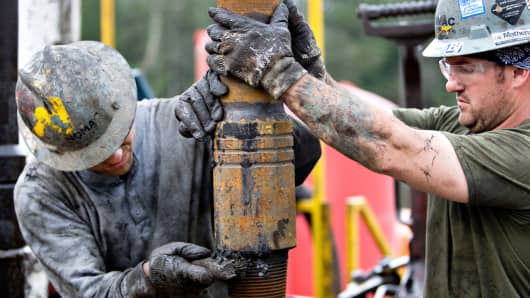The risk of lower commodity prices in the first half of this year continues to loom as most commodity markets are still in a supply surplus, suggesting things will get worse before they get better. The latter part of 2016, however, offers more positive prospects for returns, led by better economic activity, higher oil prices and retreating U.S. dollar strength. Crude oil, the most challenging commodity to invest in, should also deliver the most upside in 2016.
There is an intuitively logical rationale for commodity prices to bounce back after five years of negative returns and a terrible 2016 start. Most commodity prices are trading so low that many mid- to high-cost producers of energy, precious metals and industrial commodities are loss-making on a cash-cost basis or are not in a position to cover their capital costs.





